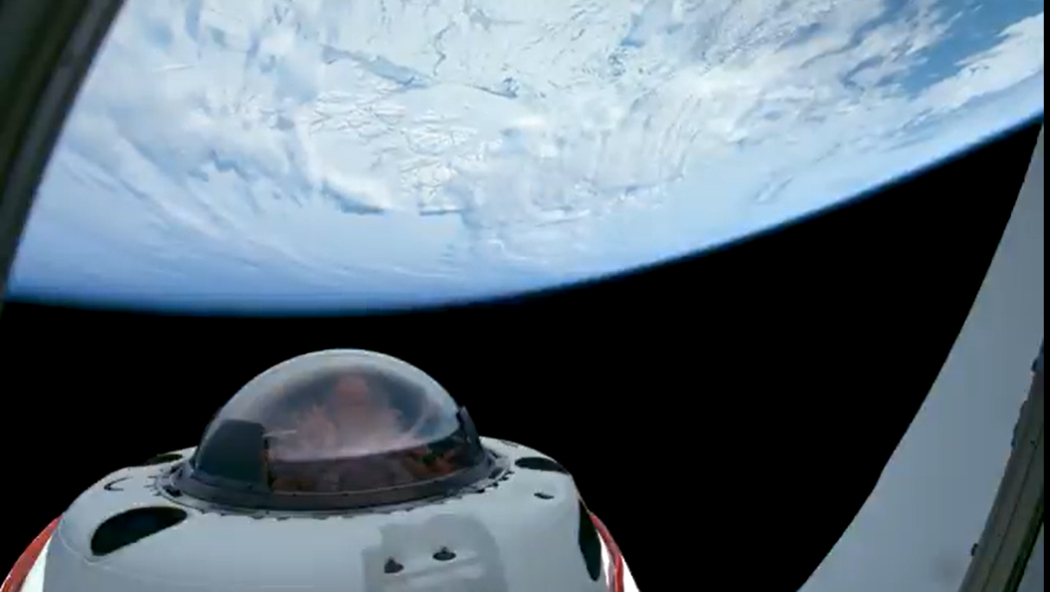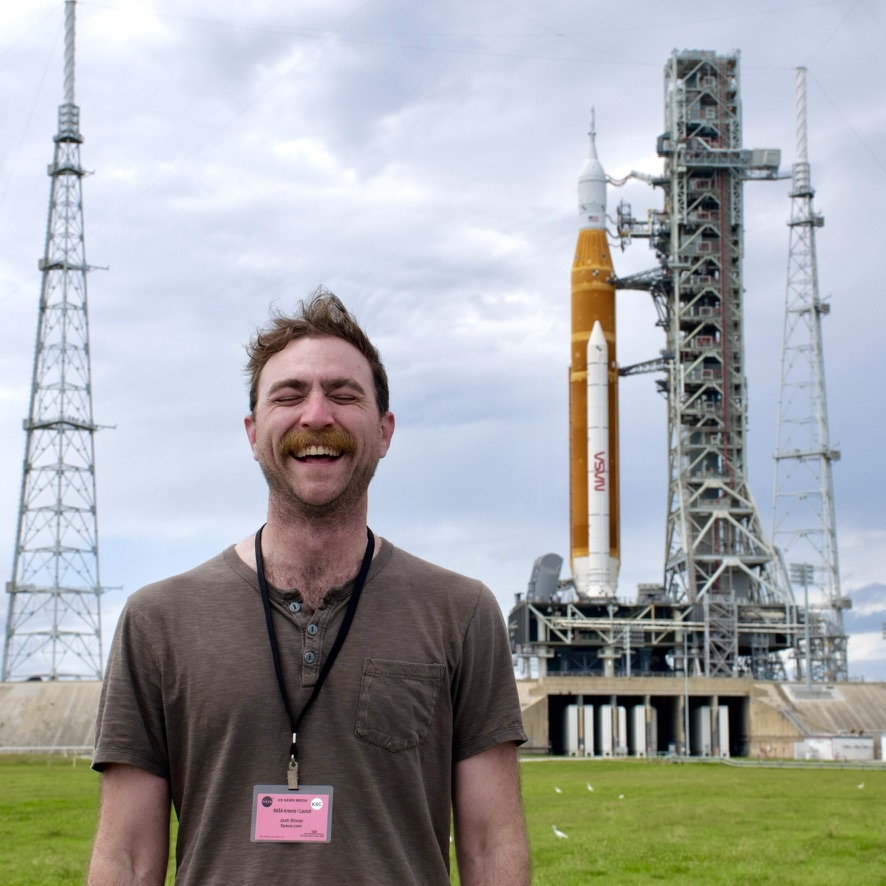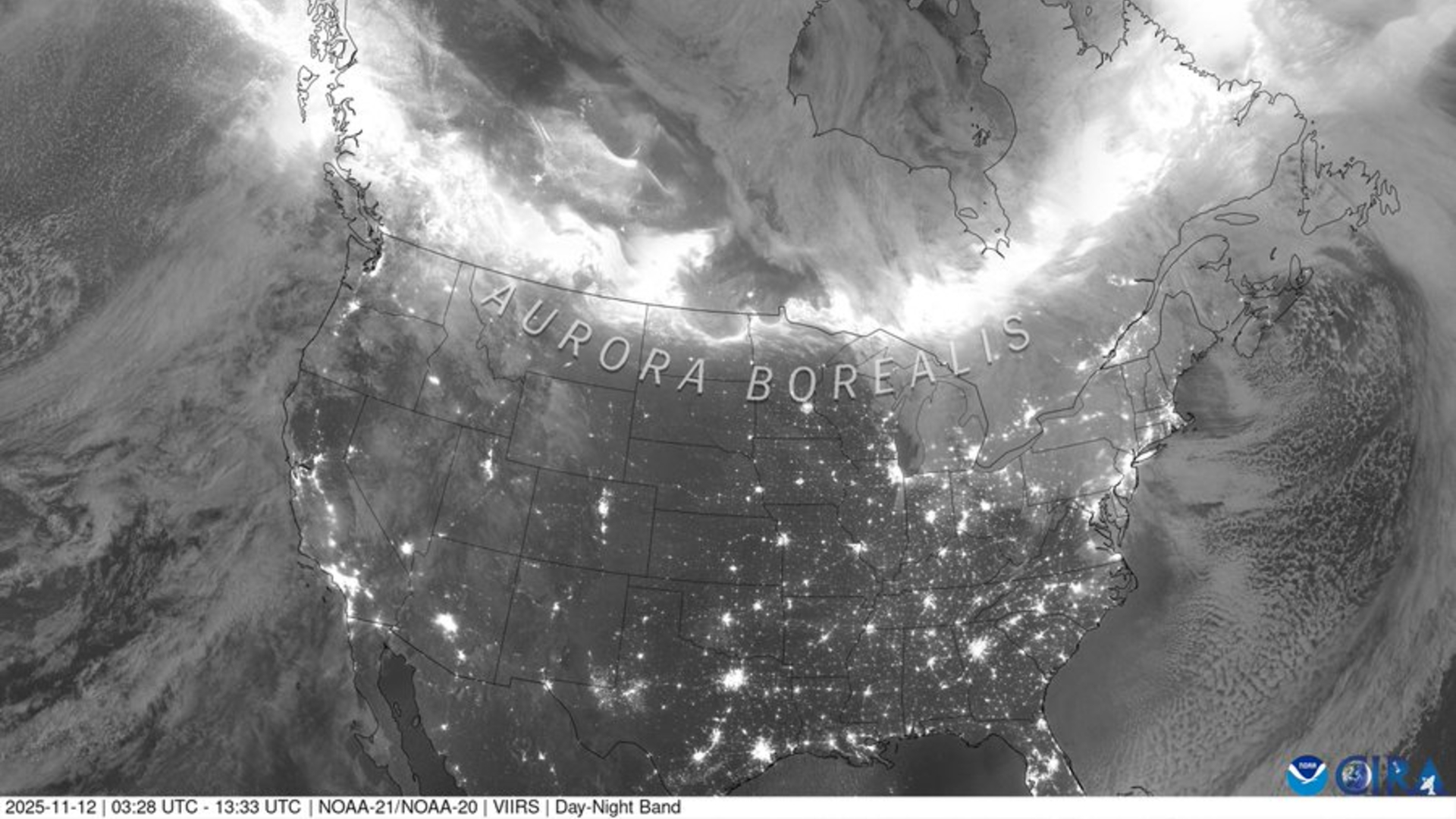See what it's like to witness Earth's poles from space in this stunning 4-hour SpaceX video
The first humans to orbit Earth's poles shared the view.
Just over a month since the return of the first astronauts to orbit Earth's poles, SpaceX has released a four-hour video highlighting what that looked like from space.
SpaceX launched the Fram2 mission on March 31, sending the mission's financier and crew into a polar orbit aboard a SpaceX Crew Dragon spacecraft, marking a milestone in human spaceflight. The mission lasted about 3.5 days, during which the Fram2 crew conducted a handful of microgravity experiments and Earth observations.
Fram2 was funded by cryptocurrency billionaire Chun Wang, who served as mission commander. Chun was joined by fellow polar explorers Jannicke Mikkelsen of Norway, Rabea Rogge, from Germany, and Australian Eric Philips. The quartet returned to Earth on April 4, splashing down safely in the Pacific ocean at the end of their mission. Now, as video from their spaceflight has been processed and organized, SpaceX has released some of the footage of Dragon in orbit.

SpaceX posted the four-hour video on its X account over the weekend, highlighting some of Dragon's best views as the Fram2 crew gazed in awe from the spacecraft's domed window.
Fram2's orbit flew Dragon on a north-to-south trajectory in low Earth orbit at an altitude of about 271 miles (437 kilometers). From their novel perspective, the "Framonauts" were able to witness Earth's poles like no astronauts ever have before, and spent their mission documenting the view to share with the world.
During their time in space, the Fram2 crew conducted a total of 22 science experiments, including one that captured the first X-ray of a human body in space. Another studied how mushrooms grow in a microgravity environment.
Watch the extended, ~4-hour cut with additional views from the Dragon spacecraft flying over Earth’s polar regions during the Fram2 mission pic.twitter.com/WjK3ismJfKMay 4, 2025
Fram2's return also allowed for some additional post-flight experiments and observations focusing on the crew's recovery, readjustment to Earth's gravity and the effects of spaceflight on the human body, some of which took place at NASA's Johnson Space Center in Houston.
Breaking space news, the latest updates on rocket launches, skywatching events and more!
The mission was SpaceX's 17th with astronauts, and its first crewed mission SpaceX has recovered in the Pacific Ocean. West Coast recoveries will be the norm moving forward, however, as SpaceX is shifting Dragon landings away from Florida to avoid possible instances of Dragon's trunk debris surviving atmospheric reentry and falling in a populated areas.

Josh Dinner is the Staff Writer for Spaceflight at Space.com. He is a writer and photographer with a passion for science and space exploration, and has been working the space beat since 2016. Josh has covered the evolution of NASA's commercial spaceflight partnerships and crewed missions from the Space Coast, as well as NASA science missions and more. He also enjoys building 1:144-scale model rockets and human-flown spacecraft. Find some of Josh's launch photography on Instagram and his website, and follow him on X, where he mostly posts in haiku.
You must confirm your public display name before commenting
Please logout and then login again, you will then be prompted to enter your display name.
